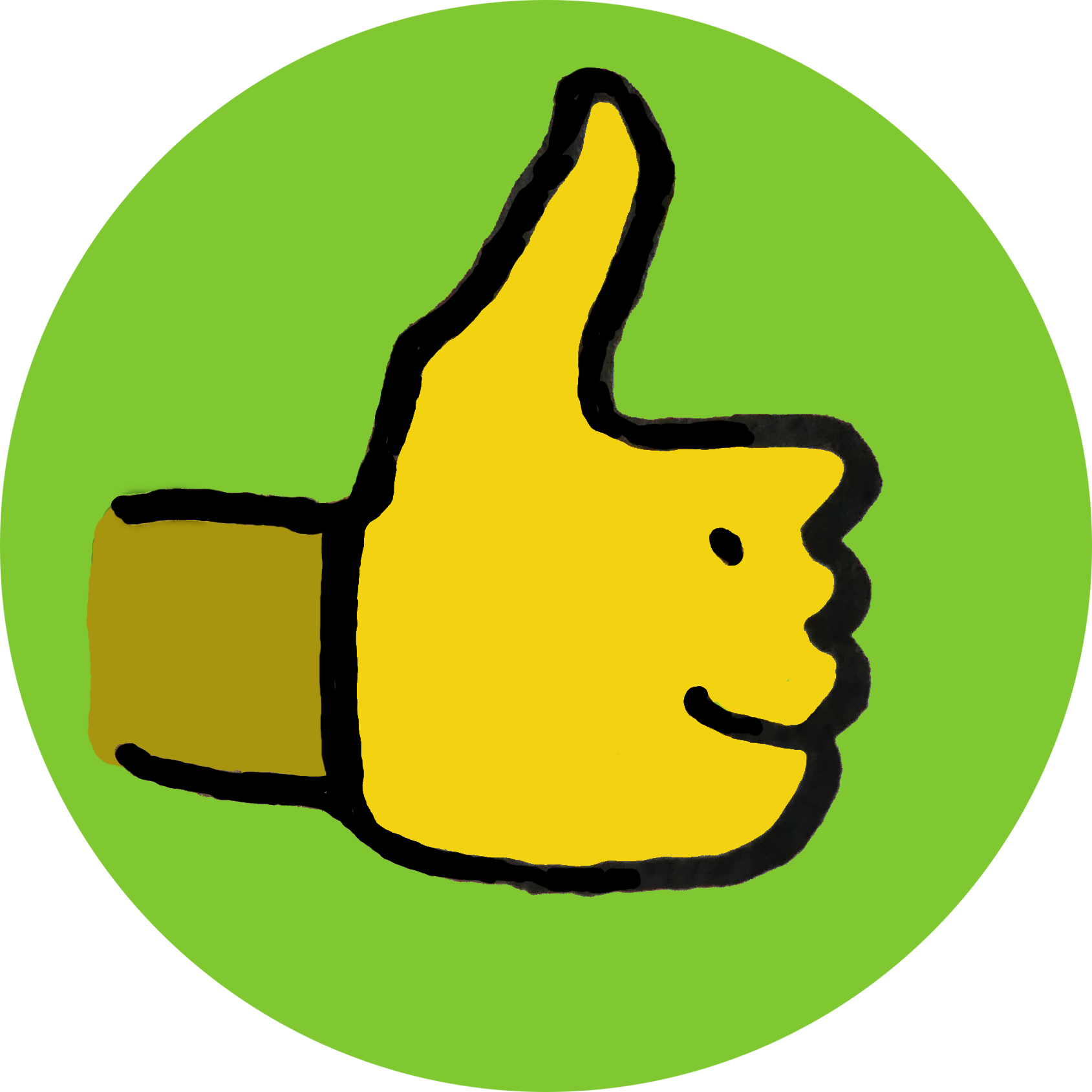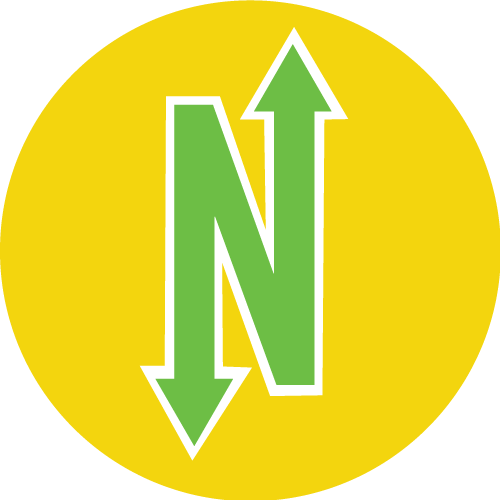06 August 2024
Lost in Translation / The Complete Little Nemo
Books That Belong On Paper Issue No. 26
Books That Belong On Paper first appeared on the web as Wink Books and was edited by Carla Sinclair. Sign up here to get the issues a week early in your inbox.
AN ILLUSTRATED NOTE CARD COLLECTION OF UNTRANSLATABLE WORDS FROM AROUND THE WORLD
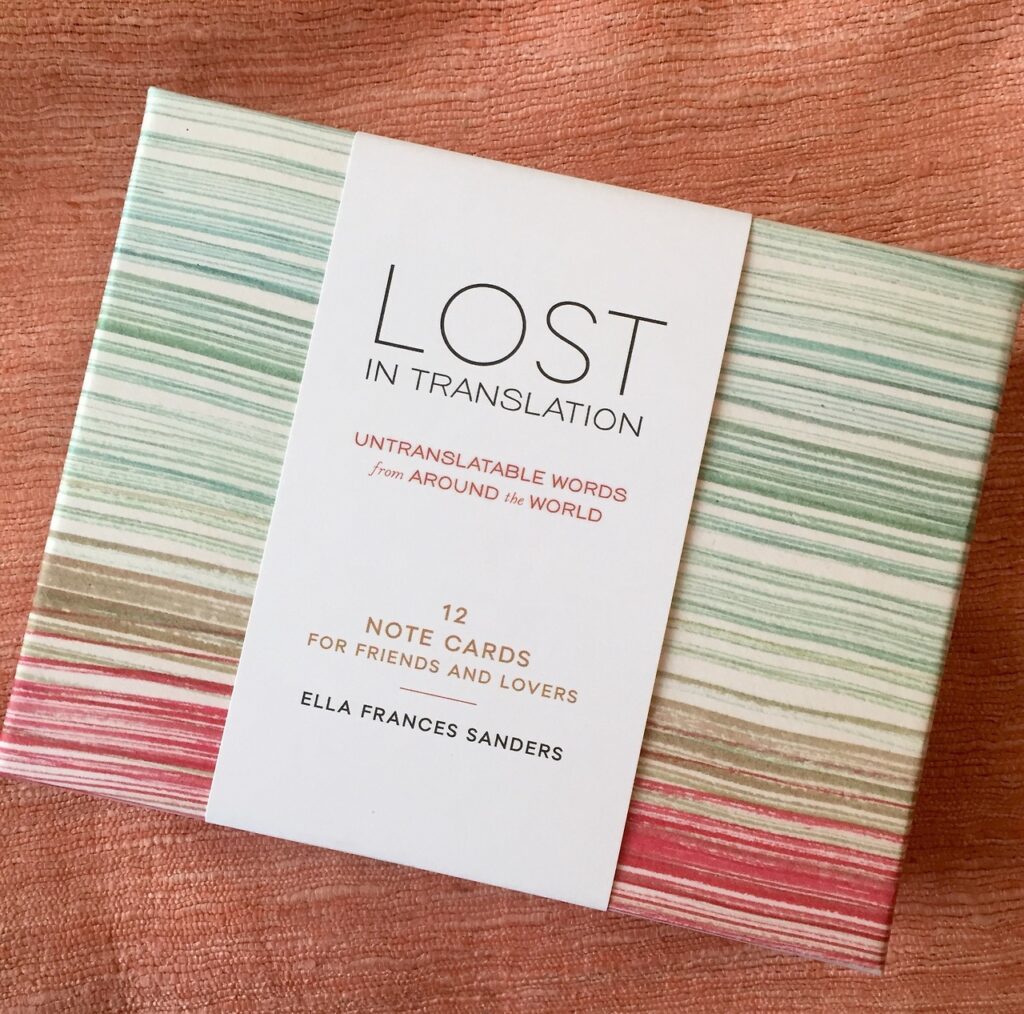
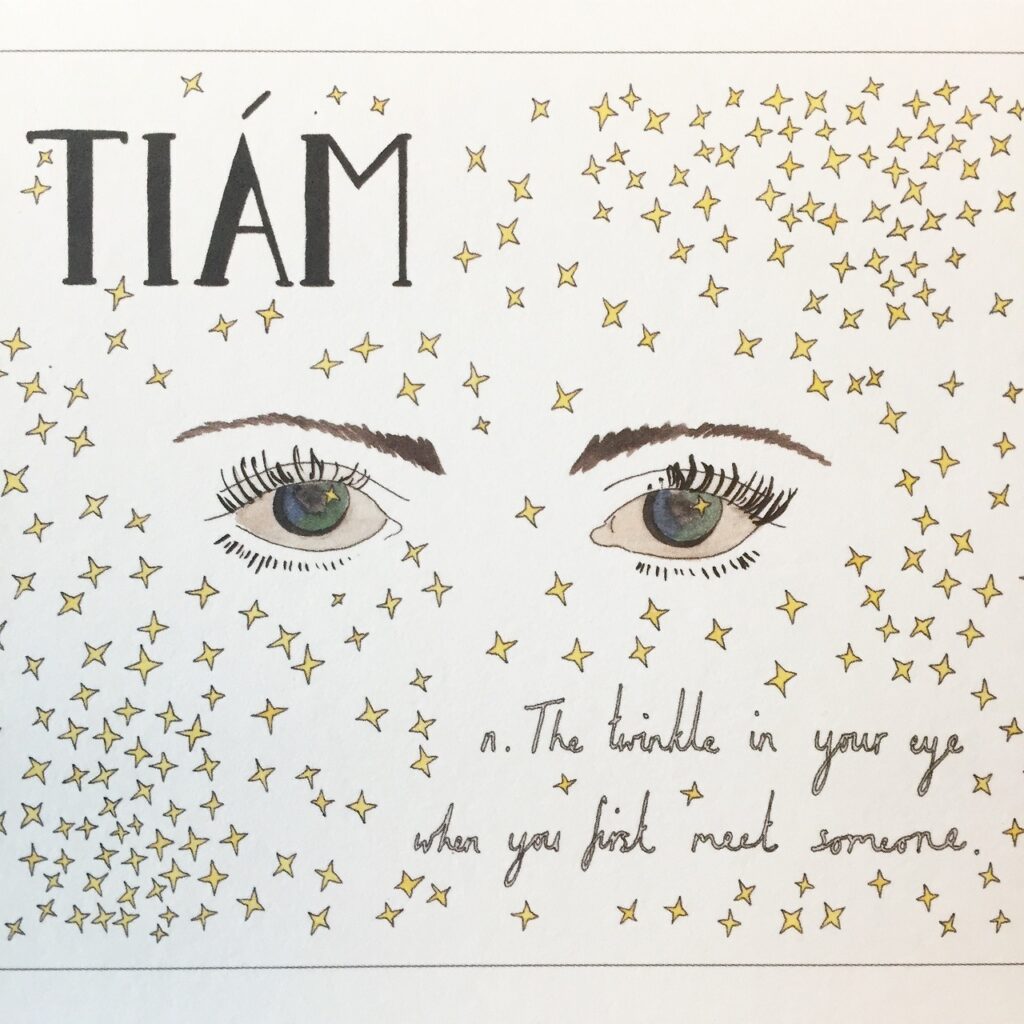
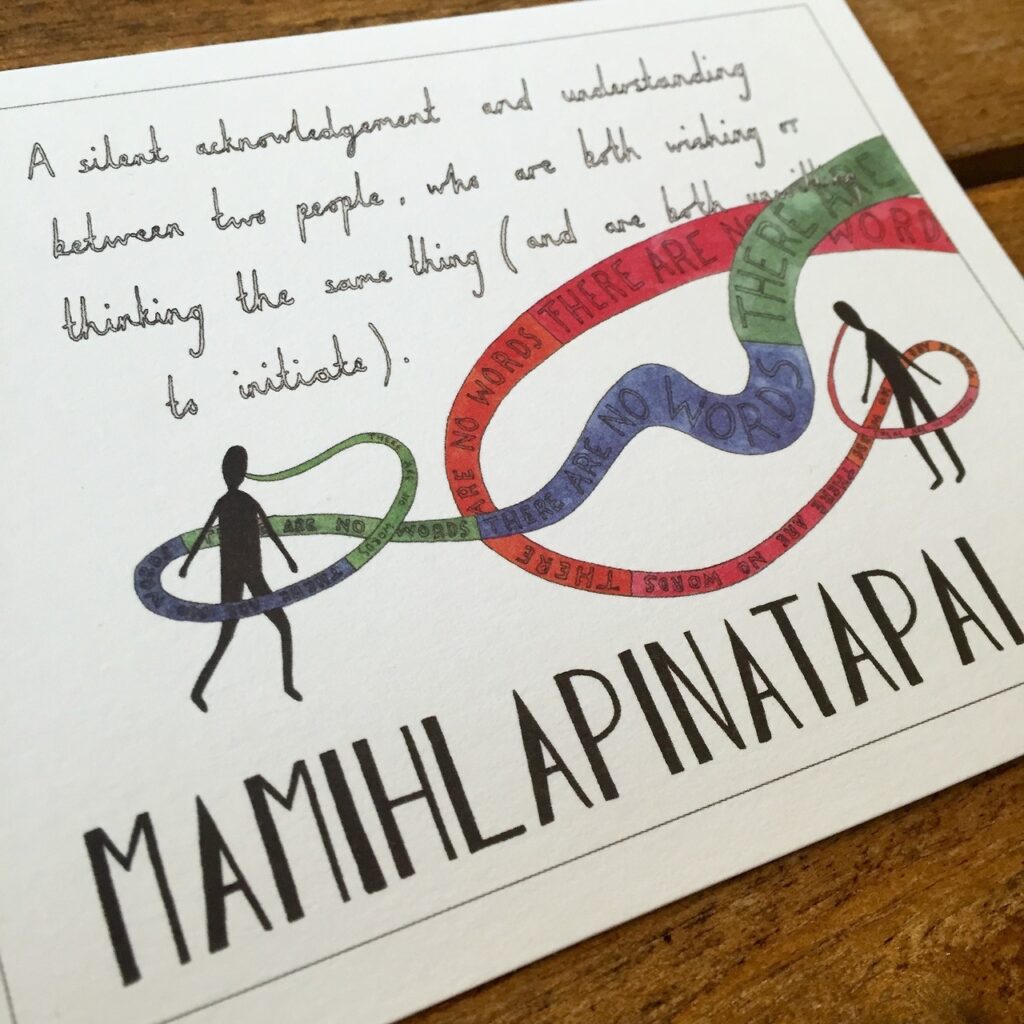

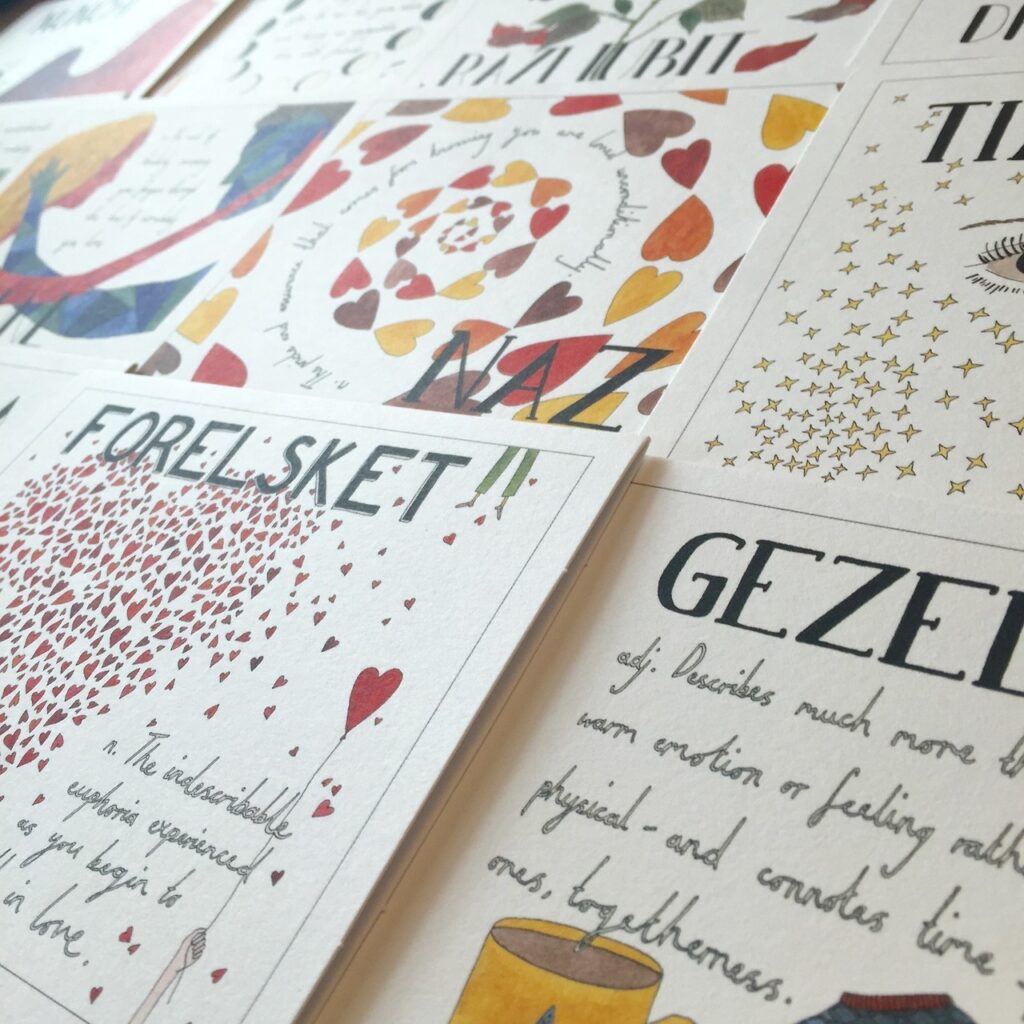

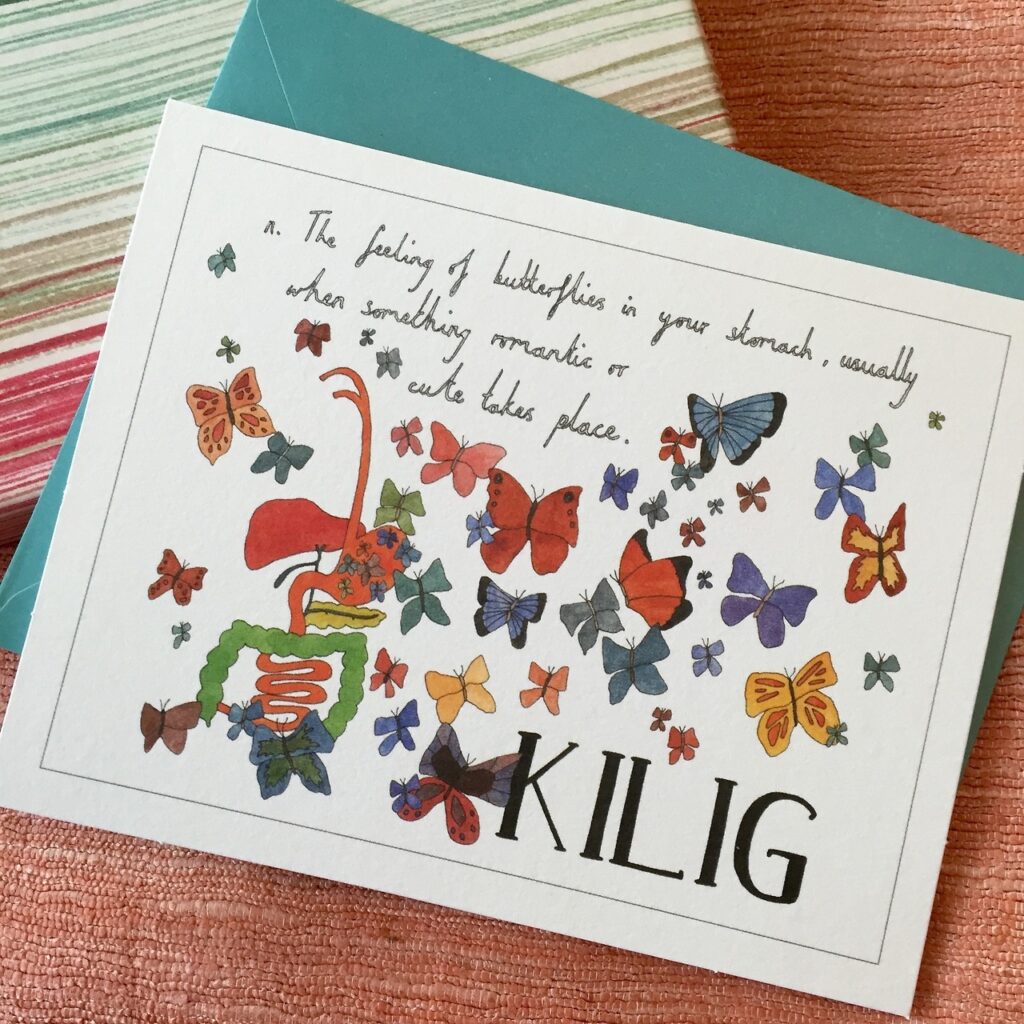

Lost in Translation Note Cards: Untranslatable Words from Around the World
by Ella Frances Sanders
Clarkson Potter
2016, 12 cards, 6.1 x 1.7 x 4.9 inches, Note cards
Like many, I’ve found myself at a loss for words lately. Luckily, Ella Frances Sanders has swooped in, like lexical brooming shooing away the cat that caught my tongue. She’s actually done one better, because she replaced the words of disbelief and disgust that I had been clawing for with words of comfort and joy. The Lost in Translation Note Cards set is based on her 2014 book by the same name. Both book and cards are an illustrated collection of “untranslatable words from around the world,” and feature both written and drawn translations of each sentiment on the front and, on the back, the country of origin, part of speech, and a sweet, brief elaboration of the word by Sanders.
The 12 words chosen for the note card set are best for sending to “friends and lovers.” There is something in here for the full spectrum of those relationships. For the romantics, there’s the Brazilian Portuguese noun, cafuné, “the act of tenderly running your fingers through the hair of someone you love.” For a deeply appreciated friend, the Korean noun, nunchi, “the subtle, often unnoticed art of listening and gauging another’s mood.” The set includes standard mailing sized envelopes and each card is blank inside, so with just a stamp and whatever words the sender might find, they are ready to be sent. Now seems the perfect time to share a small gesture of love and a piece of art that celebrates the beauty of language around the world.
– Mk Smith Despres
THE SURREAL DREAMSCAPES OF WINSOR MCCAY

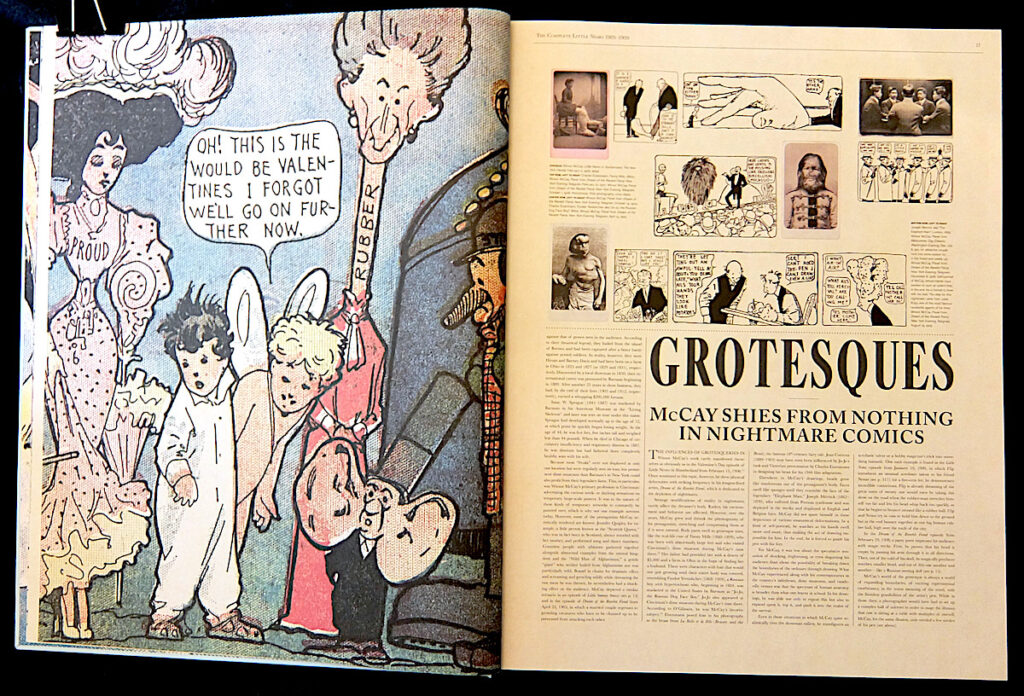





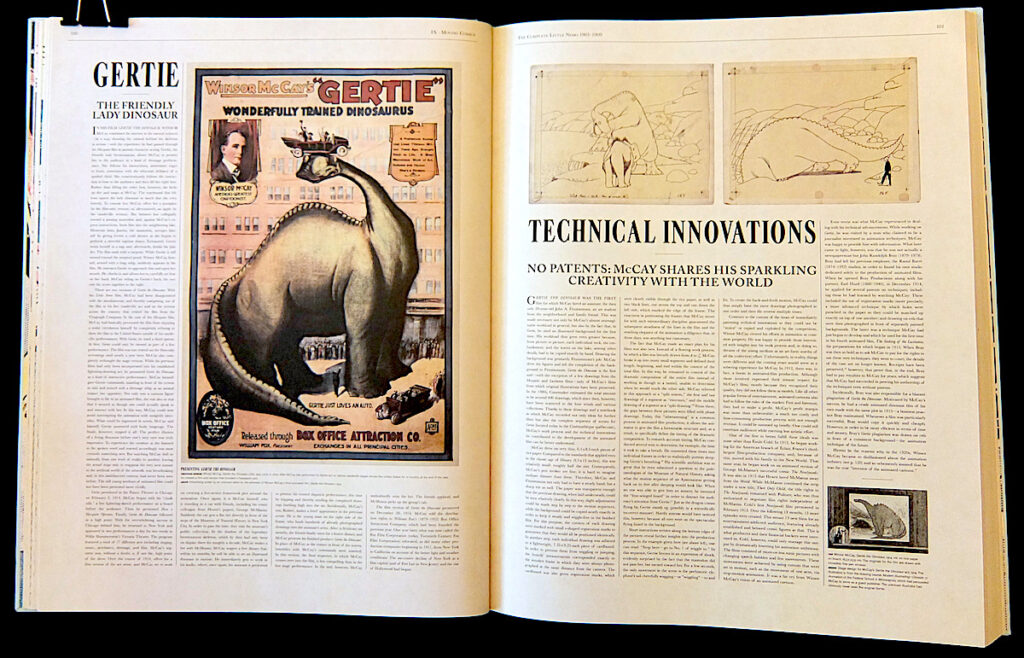
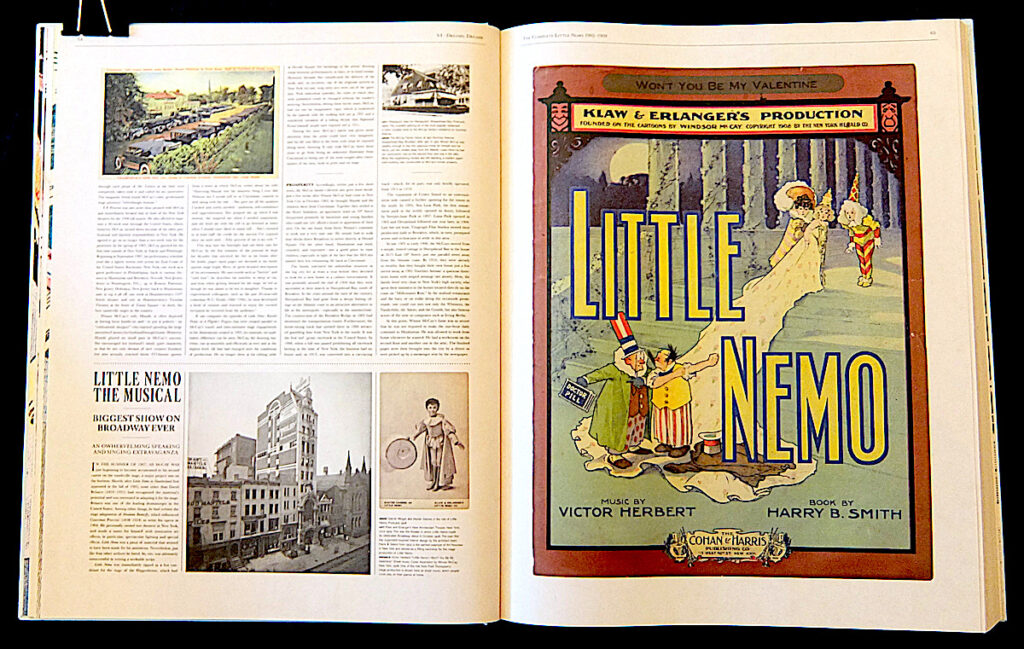
Winsor McCay: The Complete Little Nemo 1905-1909
by Alexander Braun
Taschen
2017, 368 pages, 13.5 x 1.5 x 17.2 inches, Hardcover
“Little Nemo in Slumberland” was a newspaper comic by Winsor McCay; it debuted in 1905. Those unadorned facts probably make the strip and its author sound like creaky footnotes from graphic-art history, but according to Alexander Braun — whose Winsor McCay: The Complete Little Nemo 1905-1909 was just reprinted in a more affordable hardback version than the $200, two-volume package from 2014 — the influence of both can be found in numerous forms of 20th-century storytelling.
When “Little Nemo” first appeared in the funny pages of The New York Herald, McCay had two other strips going at the same time. “Little Sammy Sneeze” revolved around a running gag told in six panels, in which a boy who cannot control the ferocity or timing of his sneezes blew out candles, caused elephants to stampede, and sank ships. More complex was “Dream of the Rarebit Fiend,” whose device was to subject a changing cast of characters to uneasy nightmares before waking them in the final panel, in which they invariably promised to swear off melted cheese on toast before bedtime.
“Little Nemo” riffed on the “Rarebit Fiend” formula except that it followed the same little boy — possibly modeled on McCay’s institutionalized brother — every night as he slept his way through gloriously surreal adventures on the way to, and eventually in, Slumberland. In addition to admiring McCay’s boundless imagination and skills as an illustrator, Braun is fascinated by how “Little Nemo” and its creator appeared to be in thick of so many contemporaneous issues and impulses. For example, there is the format of setting the strip in a dream state — coincidentally, Sigmund Freud’s “The Interpretation of Dreams” had just been published. In addition, McCay was surreal almost before the term was coined, and certainly before the genre became popular among art collectors. Then there was McCay’s impact on the culture: His animated films, including “Gertie the Dinosaur” from 1914, were inspirations to Walt Disney, while his comics were favorites of cartoonists as varied as R. Crumb, Moebius, Matt Groening, and Bill Watterson.
All that history makes for fascinating reading, and the newspaper-like layout on unbleached, newsprint-colored paper, will keep you turning the book’s enormous pages — although you will want to turn those pages at a sturdy table. Mostly, though, Little Nemo is a celebration of its namesake comic strip, all 220 of which from 1905 to 1909 are reprinted in rich color at almost full size. And as Nemo moves through McCay’s dreamscapes with Flip, Impie, Doctor Pill, and the Slumberland princess who holds the key to his heart at his side, we see McCay’s own influences on every page — from the sideshows he worked as a young man in Cincinnati to architectural references that recall world’s fair pavilions and Coney Island’s Dreamland. Like Nemo, you won’t want to wake up.
– Ben Marks
08/6/2405 August 2024
Demolition
Tools for Possibilities: issue no. 98
Once a week we’ll send out a page from Cool Tools: A Catalog of Possibilities. The tools might be outdated or obsolete, and the links to them may or may not work. We present these vintage recommendations as is because the possibilities they inspire are new. Sign up here to get Tools for Possibilities a week early in your inbox.
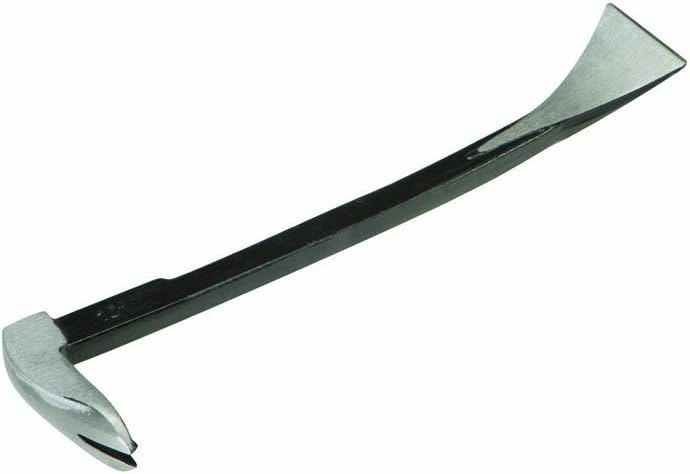
Cheap and Nearly Indestructible Carbon Steel Wrecker
I got one of these pry bars at a Harbor Freight about 10 years ago and have since gotten many more as gifts and spares. Their natural versatility is furthered by expendability (often on sale for $2.50).
I’ve used mine to pry off moulding, pry flooring slats tightly together, widen gaps too tight for a full crowbar, chisel old mortar off bricks, open paint cans, scrape paint, caulk, act as a spacer when decking, bang on various things, and pull nails in tight locations with its cat’s paw.
It’s a great general purpose abuse tool that fits in a small toolbox and won’t worry you if chipped, bent, painted, greased, bespeckled with construction adhesive, or lost. — Evanda

Superior nail puller
Pry bar nail pullers will gouge a quite horrible crater in your material unless the nail is at the surface, or just the right size. With this one, on the other hand, I can extract a headless nail from more than a centimeter inside a beam. The wood was not unscratched of course, but since it was compressed rather than splintered, a bit of water can make it swell back up somewhat. — Gaute Amundsen
This design is not new. You can find antique nail pullers like this hundreds of years old. The sharp teeth of this tool are perfect for slicing into the wood, yanking out deep air-hammered nails, or finishing nails from a surface you care about. There are several different makes; none are cheap, but these last a lifetime. — KK

Best Nail Puller
I recently needed to remove several panels of particle board subflooring while preparing to install a hardwood floor. These panels were fastened with a gazillion ring-shanked nails, driven in by an overly enthusiastic pneumatic nail-gun operator. After much sweat and frustration with a conventional assortment of hammer claws, cat paws, and pry bars, I finally came across the magic tool. It’s the Japanese manufactured SharkGrip Nail Puller. The tool very efficiently gets underneath the offending nail head and will even latch onto the nail’s shank should the head shear off. It’s available in various sizes and configurations. — Mike Pel
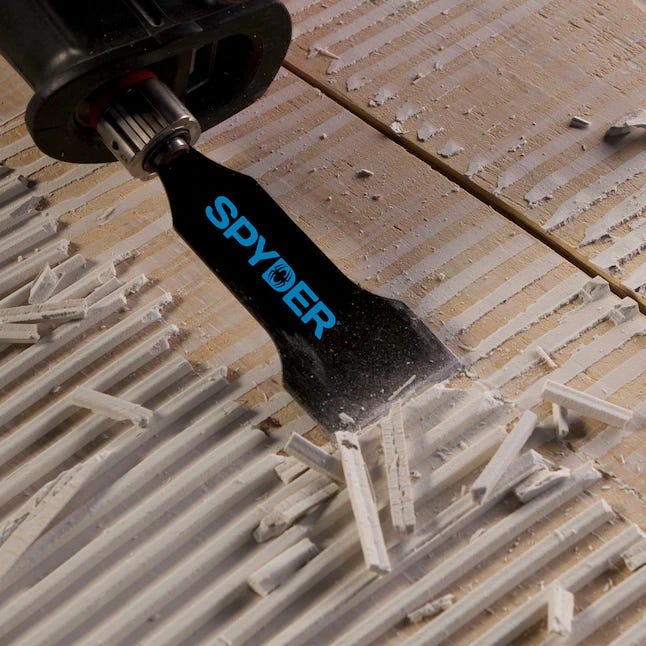
Tile remover
Last year I removed some old vinyl tile from our dining room. Even with the help of a friend and a a heavy duty floor scraper, it took all afternoon. Some tiles popped up fine, but most stuck tenaciously and had to be pried up with a thin blade. Miserable.
The kitchen had the same tiles, and yesterday I cleared them all out by myself in about 30 minutes without breaking a sweat. The difference? A Spyder Scraper, which fits into any brand reciprocating saw.
It’s not a complete solution alone, because it’s hard to get the saw itself underneath the tiles as they peel up. Use the Spyder to loosen the edges, and then a long handled manual scraper to scoop up the tiles. When the manual scraper hits another tough edge, hit it with the Spyder again. Two people working together in this fashion should be able to clear 300 sq-ft in well under an hour.
I used the 4″ blade; they also come in 2″ and 6″ for different purposes including removing tiles adhered with thinset. I wish I’d had one a couple of years ago whenI redid the bathroom!— Scott Noyes
Whatever tool you use, do what we used to do: buy a block of dry ice and put it briefly on each tile before removal (put it on the next tile while you work on the current one). The tiles shatter easily, the glue is rendered brittle, and removal is fast. — John Jorsett
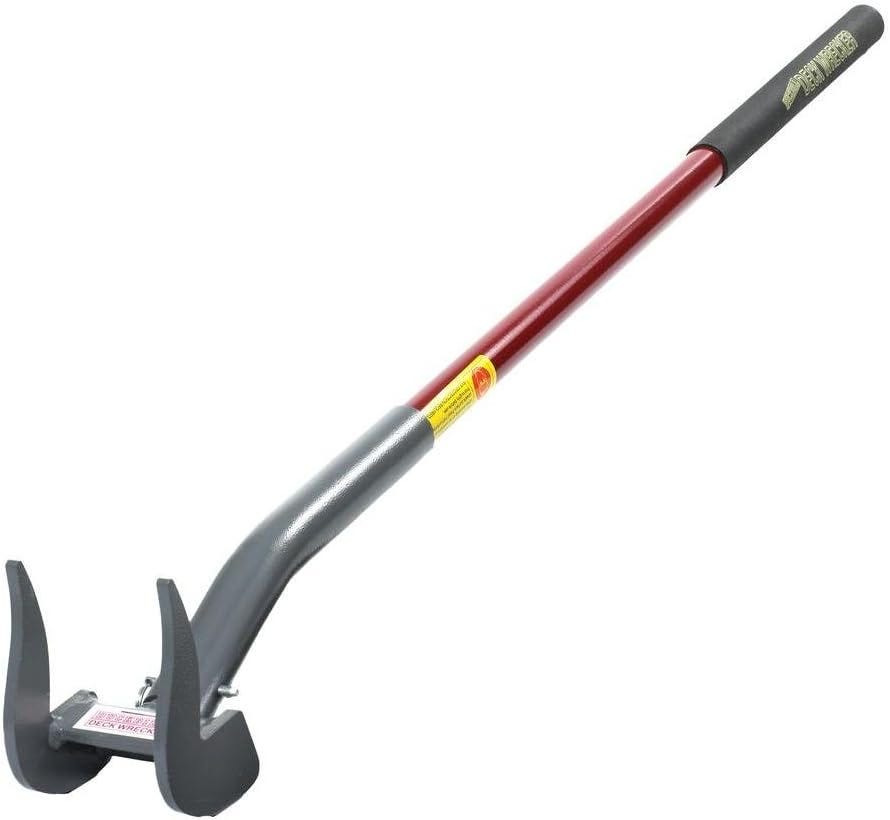
Demo specialist
I set out to replace the boards on our backyard deck this summer, and initially tried removing the old boards with a three-foot crowbar. The main problem was getting it between the deck board and the joist, so I could start prying. This required a hammer to drive it under the board. Then with a lot of effort, time and hammering I eventually removed one board. Clearly not the way to do the entire deck.
After some searching I discovered the Duckbill Deck Wrecker. This thing is a monster. It sits on the joist and has two legs that straddle the joist and slip under the board you’re removing. With almost 4 1/2 feet of leverage it’s easy to pry up the board, progressing along its length every one or two joists. You stand on the old section of deck and push the handle of the Duckbill up, thus prying up the old board in front of you. As far as other tools go, Mayhew’s Cats Paw functions with a similar design, though without the rotating head. The Cats Paw has a little less leverage and costs a little more.
The first, outermost, board(s) must be removed some other way to expose enough joist so that the Duckbill can fit under a board. As you make your way closer to the house — putting down new boards as you take old ones up — eventually there isn’t room to stand behind the Duckbill. At this point you remove the Duckbill head (it’s pinned to the shaft and can be rotated 180°), turn it around and now you are standing on the new decking and pulling the handle of the Duckbill to remove the last few old boards.
I’m sure I will find some other uses for this thing, but even if it’s only good for decks, it was well worth the money. — Jeff Scott
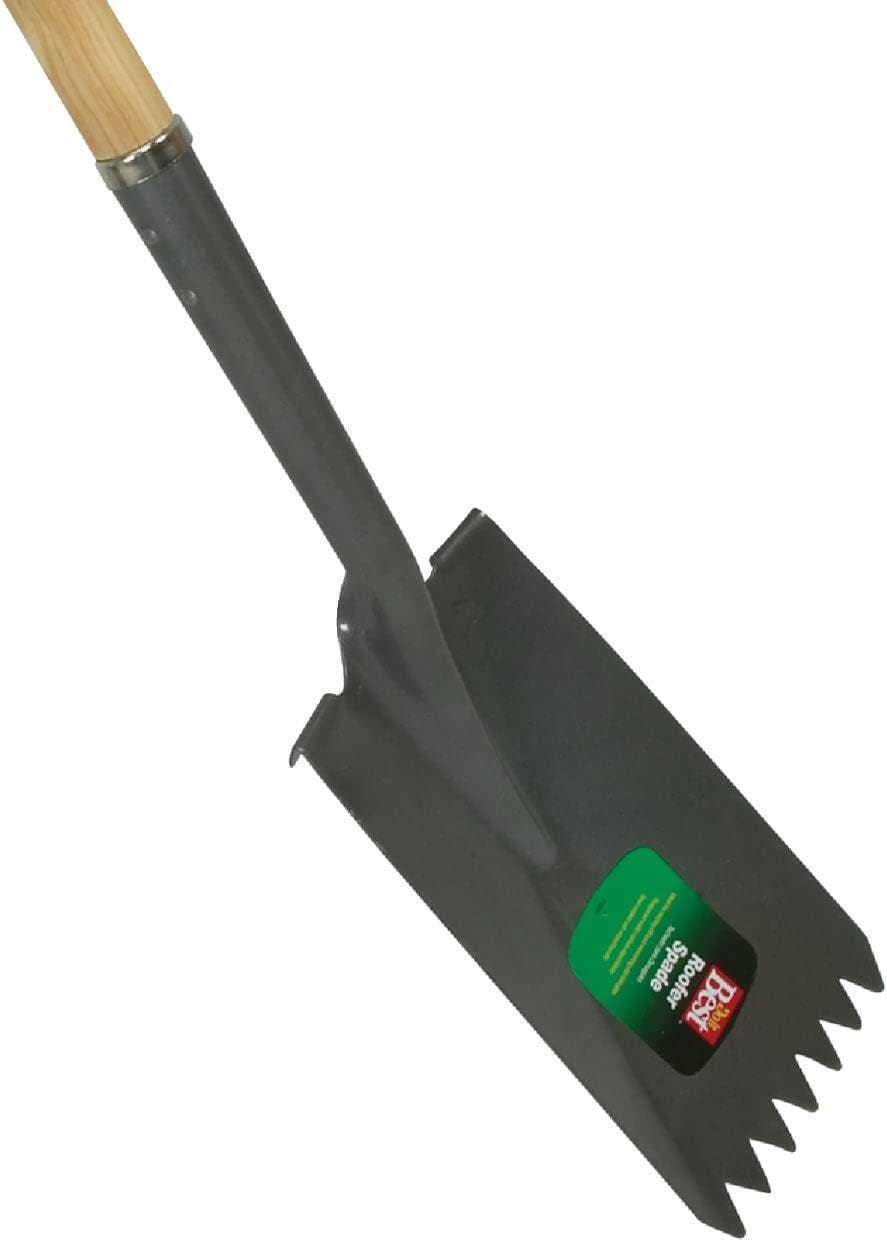
Shovel with leverage
This is designed for and sold as a roofing shingle removal shovel, but what it actually is is a shovel with teeth and a fulcrum. I bought it twelve years ago to strip my roof. It did the job then, and ever since I’ve used it for everything but stripping shingles. The teeth are good for cutting through and breaking up a variety of materials. The fulcrum maximizes prying leverage (and also reinforces the blade tip so as to not fold while prying).
What this is really great for is removing thick layers of ice or hard packed snow from pavement. The teeth do a great job of digging under and breaking up the layers, and the fulcrum often lets me pop large sections of a layer up in one piece. — Gary Puckett
08/5/2404 August 2024
Blue Angels/Pocket charger/Compliment Me
Recomendo - issue #421
Sign up here to get Recomendo a week early in your inbox.
Ultimate training documentary
I really enjoyed this doc about the Blue Angels – an elite jet squadron showing off Navy flying skills. But since pilots are rotated out after two years, it is really a training program that constantly absorbs newbies. Their training process is worth emulating. At the end of the touring season their planes are flying with only 12 inches between wing tips! I had no idea. Produced by JJ Abrams, with incredible cinematography inside and out. Free on Amazon Prime. — KK
Pocket-sized laptop charger
This Anker 67W USB-C charger is about half the size of my MacBook’s original charger, but it powers up my laptop just as quickly. The foldable plug makes it travel-friendly and pocketable. It’s not just for laptops either; it fast-charges my iPhone and iPad too. At around $25, it’s significantly cheaper than Apple’s offering. The only downside is that it only has one port, but the small size makes up for it. — MF
Compliment Me
If you’re feeling low or need a pep talk, you can share your feelings and rant to this AI bot. It’s designed to sweetly reflect back what you’re feeling and offer encouraging “compliments.” It never fails to make me smile. (Discovered through the most recent issue of WIMN.) — CD
Can do vs. should do
Unlike typical 2×2 decision grids, this 3×3 matrix by John Cutler has nuanced categories that reflect the real-world complexities of decision-making. The X-axis is labeled “Can” and the Y-axis is labeled “Should” and it contains 8 “boxes” of potential opportunities. The idea is to think about things you should be doing and plot them on this grid. It’s especially helpful for figuring out tasks that are important but tricky and avoiding things that are easy but don’t really get you closer to your goals. — MF
At the Ready Travel Dress
I bought this Beyond Yoga dress based on the reviews to be my go-to travel dress because it’s packable and doesn’t wrinkle easily. I’ve worn it many times, both while traveling and at home, and I love it so much that I had to buy another one in a different color. It’s the perfect length and so soft that I’ve even slept in it. It’s a bit pricey, but I wear it so often that it feels justified. I’ve washed it many times now, and it’s still buttery soft and wrinkle-free. — CD
Immovable dish for babies
Silicone suction dishes won’t move unless you want them to. They stick to a table with surprising instant force but are super easily released. This makes them perfect for minimizing spills by toddlers. Their flexible sides also won’t hurt. Lots of brands make silicone suction bowls, but the Mushies are the simplest and most elegant, and will stack with other bowls. — KK
08/4/2401 August 2024
Free Audiobooks/Adios Selina/Remote Work Saves the Day
Nomadico issue #115
A weekly newsletter with four quick bites, edited by Tim Leffel, author of A Better Life for Half the Price and The World’s Cheapest Destinations. See past editions here, where your like-minded friends can subscribe and join you.
Selina Going Under
First it was WeWork that imploded, now it’s Selina’s turn. Despite the massive move to remote work that happened the past few years, global co-living chain Selina is in insolvency now after failing to make debt payments. As often happens when a quest for growth pushes aside everything else, setbacks snowballed into a collapse when interest rates went up. “The company has lost almost all of its value since going public in December 2021 with a $1.2 billion valuation.” Although their subscription model was compelling for globetrotting nomads, apparently not enough to keep them afloat.
Free Public Domain Audiobooks
In cheerier news, public domain books that you could already read for free are available in free audiobook versions as well. More than 70,000 titles are up now through the Listenly platform. Get schooled on your next road trip with titles from the likes of Jane Austen and Joseph Conrad, but also newer voluntary public domain titles from the likes of Paul Graham. The even have a “banned books” category for classics that some school board or another has deemed too dangerous for young minds.
Germany Regains the “King of Hops” Title
Here’s something for the Europeans to cheer about. After nine years of trailing the USA in hops production for beer, Germany has regained its crown as the world’s #1 producer, with 20,300 hectares of land devoted to the crop. According to the German Tourism Board, there are more than 1,500 breweries in Germany and the average person living there drinks 95 liters of the beverage per year. Here’s more from them on their own craft beer scene.
Did Remote Work Save the U.S. Economy?
Economists have been scratching their heads at how the U.S. defied all predictions and managed to rev up the economy post-COVID while also keeping unemployment low and pushing inflation down. This defies all the models for what should have happened (and what mostly did happen in other countries). A new academic working paper proposes that the answer is…remote work. The USA has the highest percentage of remote workers as a portion of the total labor force and the author points to this as a big factor in why the U.S. economy has trounced most others. The cheers come with a downside though: the reason this worked is that the remote workers were willing to accept smaller pay increases as they got rid of costs for commuting and child care.
08/1/2431 July 2024
Book Freak 166: The Hacking of the American Mind
How Corporate America Hijacked Our Pursuit of Happiness
Hi Book Freaks! Welcome to another issue of the newsletter that delivers useful ideas from a wide variety of books. I would love to learn from readers about books that have changed their thinking and behavior. Please share them in the comments. — Mark
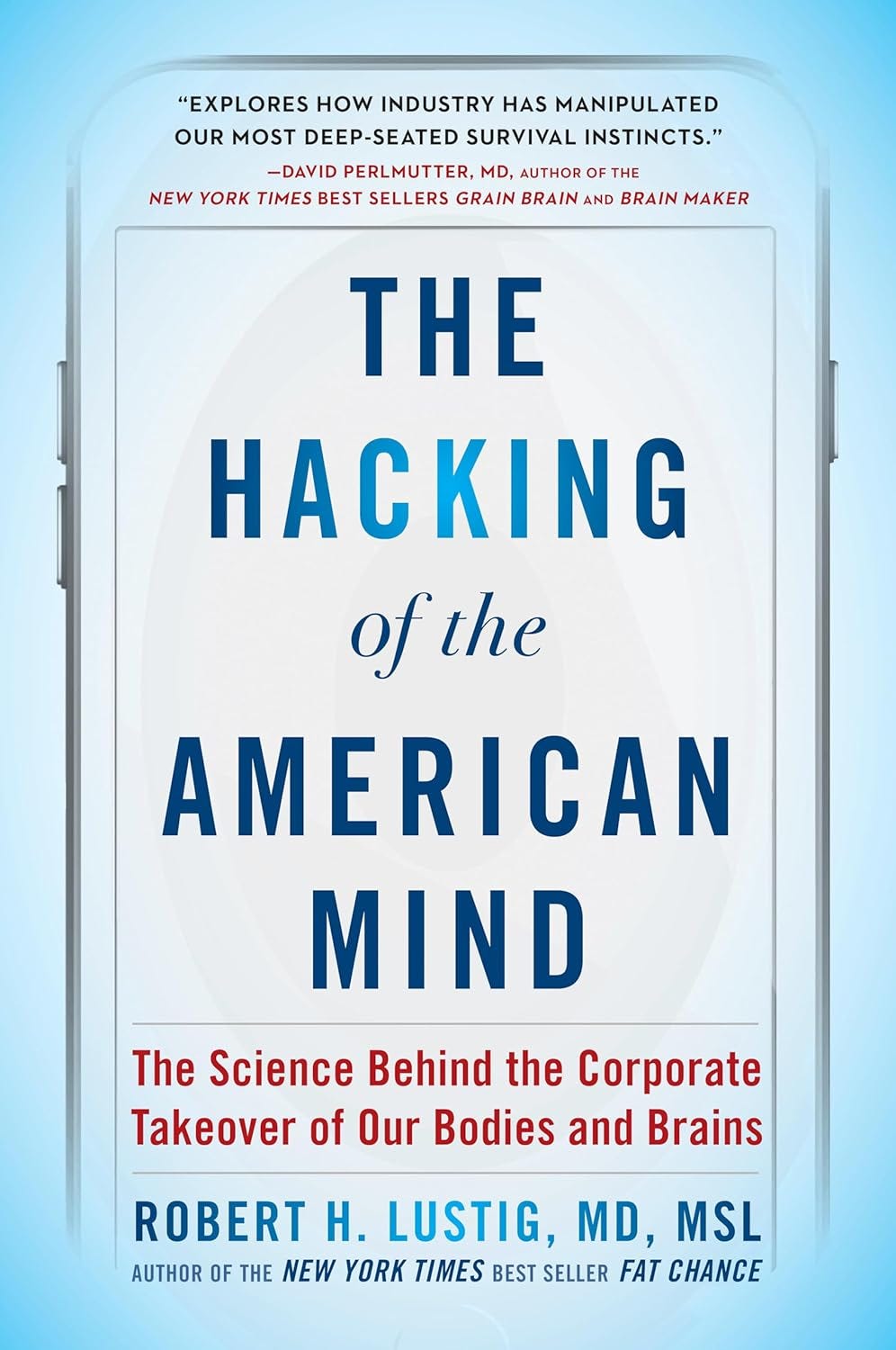
Get The Hacking of the American Mind
The Hacking of the American Mind presents a compelling case for how our modern society has confused pleasure with happiness, leading to widespread addiction, depression, and chronic disease.
The author is Robert Lustig, M.D., a pediatric endocrinologist and professor emeritus at the University of California, San Francisco. He argues that the relentless pursuit of pleasure through sugar, recreational drugs, technology, and other stimulants has rewired our brains, leaving us less capable of experiencing true contentment. By understanding the neurochemistry behind our emotions and the forces trying to manipulate them, we can make more informed choices about how we spend our time and energy in pursuit of true happiness.
Here are three key insights from the book:
Pleasure and happiness are not the same thing
Lustig explains the crucial neurochemical difference between pleasure (driven by dopamine) and happiness (associated with serotonin):
“Reward is short-lived (about an hour, like a good meal). Get it, experience it, and get over it. Why do you think you can’t remember what you ate for dinner yesterday? Conversely, contentment lasts much longer (weeks to months to years). It’s what happens when you have a working marriage or watch your teenager graduate from high school. And if you experience contentment from a sense of achievement or purpose, the chances are that you will feel it for a long time to come, perhaps even the rest of your life.”
Our modern environment is designed to hack our reward system
Corporate interests have deliberately exploited our brain chemistry to keep us consuming:
“By driving dopamine release, they all acutely drive reward, and in the process they also drive consumption. Yet, when taken to extreme, every stimulator of reward can instead result in addiction. For heroin or cocaine, you need a dealer and a wad of cash. For alcohol or nicotine, you need an ID. But for sugar, all you need is a quarter or a grandma.”
The path to contentment lies in mindful living
Lustig offers practical advice for reclaiming our mental health:
“Connect, contribute, cope, cook: each of these has the capacity to pull you out of addiction by limiting the need for reward by optimizing the effects of dopamine and reducing cortisol—and lift you out of depression by increasing contentment and the effects of serotonin.”
Readers can apply the book’s ideas by:
- Being more aware of how technology and processed foods affect their mood and motivation.
- Prioritizing activities that promote long-term contentment over short-term pleasure.
- Cultivating social connections, contributing to their community, developing healthy coping mechanisms, and cooking whole foods.
- Advocating for policies that protect public health over corporate profits.
30 July 2024
Zakka Embroidery / MR. ROBOT
Books That Belong On Paper Issue No. 25
Books That Belong On Paper first appeared on the web as Wink Books and was edited by Carla Sinclair. Sign up here to get the issues a week early in your inbox.
ZAKKA EMBROIDERY PRESENTS DESIGNS THAT ARE AN ELEGANT BLEND OF JAPANESE AND SCANDINAVIAN STYLE






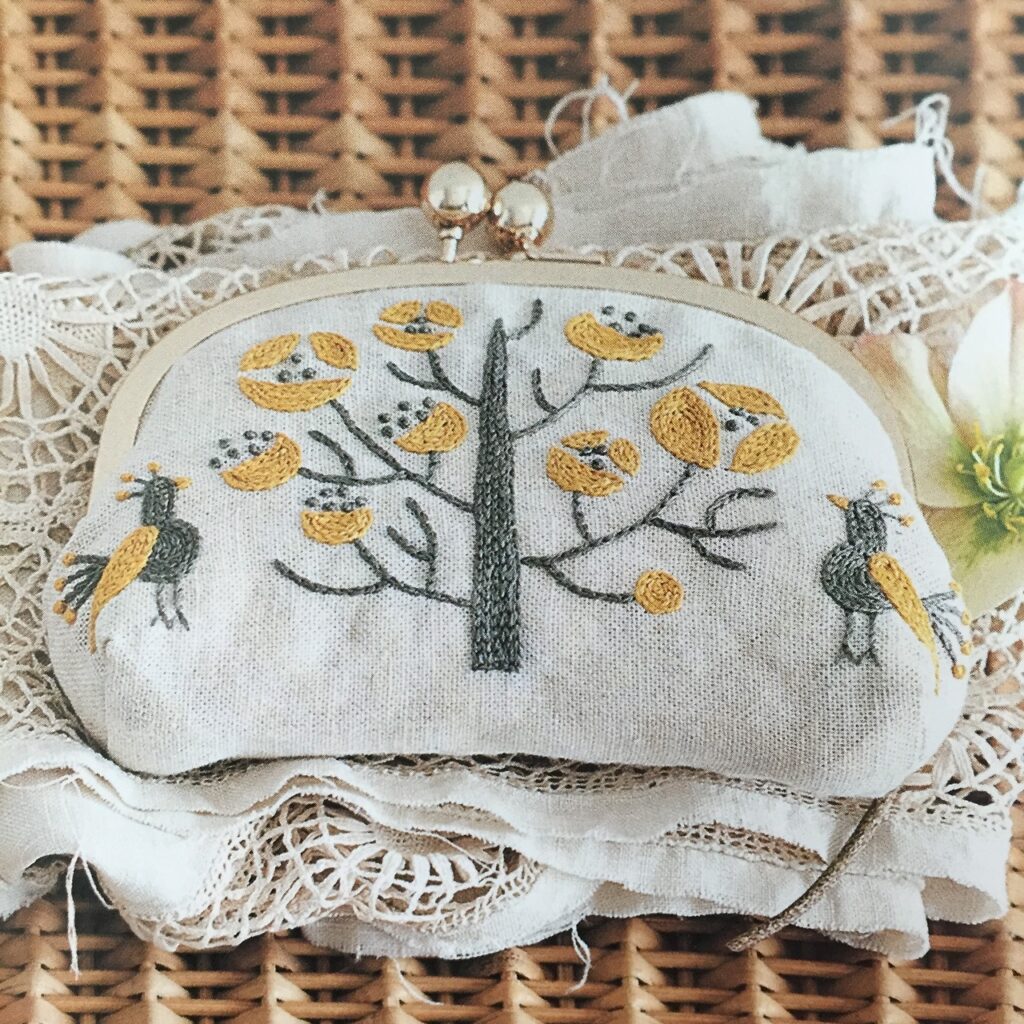


Zakka Embroidery: Simple One- and Two-Color Embroidery Motifs and Small Crafts
by Yumiko Higuchi
Roost Books
2016, 192 pages, 8.3 x 0.6 x 5.9 inches, Paperback
I’m a sucker for fiber arts. I only ever had a passing interest in embroidery and basically did all of my needlework embellishments freehand and on-the-fly. But since hitting the embroidery thread jackpot at a yard sale last summer, I’ve been inching slowly closer to learning the actual craft. Zakka Embroidery was exactly what I needed.
Yumiko Higuchi first draws in readers with a collection of beautiful embroidery motifs (shot clearly and up close so that you can practically feel the stitches on the muslin) with corresponding projects. All the motifs are garden/nature inspired and only use one or two colors of thread. This was a huge selling point for me, as I am not naturally drawn to overly colorful designs and have a hard time figuring out what goes well together (outside of gray and dark gray). The projects range from sweet, floral clutches and satchels, to baby items, to home decor. There are a lot of great gift-projects in this book. The second half is a thorough, photographically illustrated guide to embroidery techniques, and then the actual embroidery and project patterns.
Because many of the projects in this lovely little book do involve sewing, it’s good to have some basic sewing skills to fully utilize it. But don’t let that stop you! You can easily embroider these motifs onto pre-made garments (some projects actually call for this), tea towels, or accessories. You could even make these tiny gardens into your classic wall-hanging, but I think one of the nicest things about this book is that everything is intended to be actually used, worn, and appreciated in action.
– Mk Smith Despres
MR. ROBOT: RED WHEELBARROW: (EPS1.91_REDWHEELBARR0W.TXT)
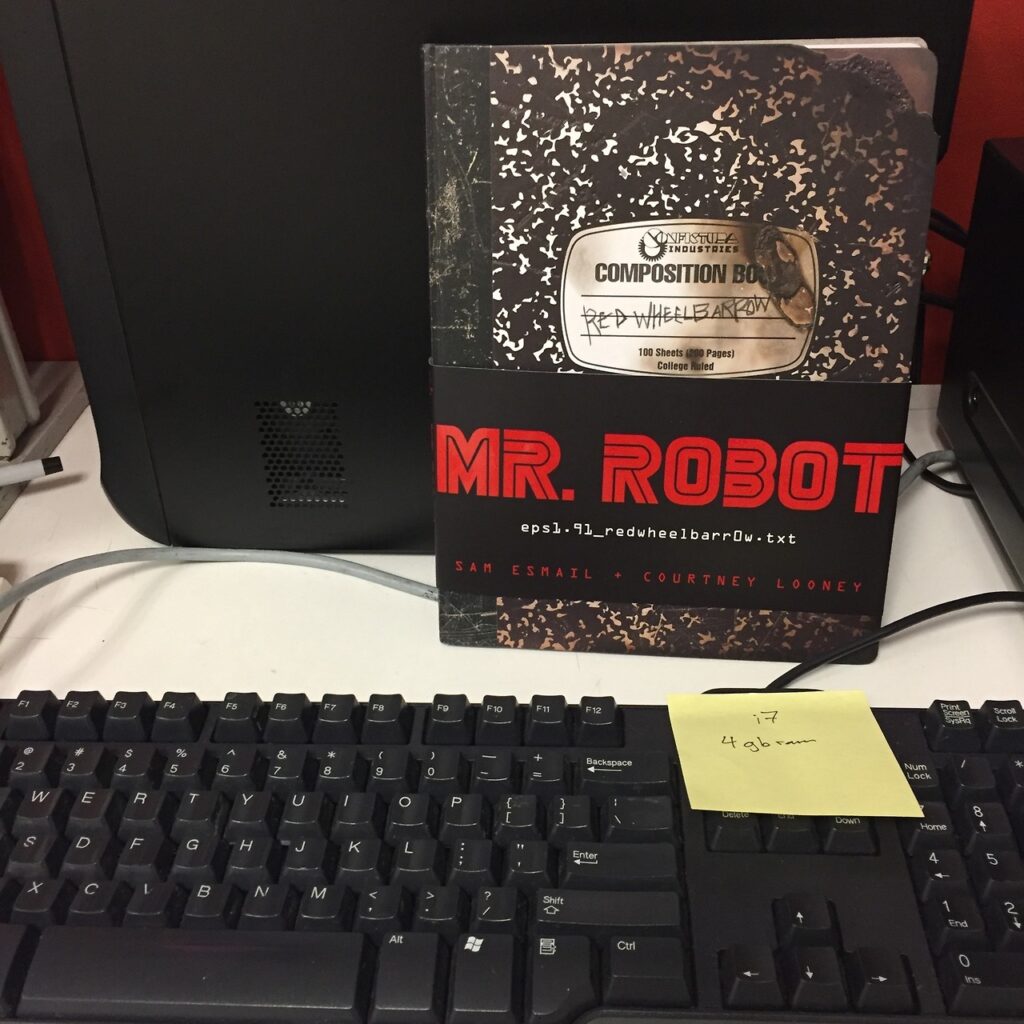

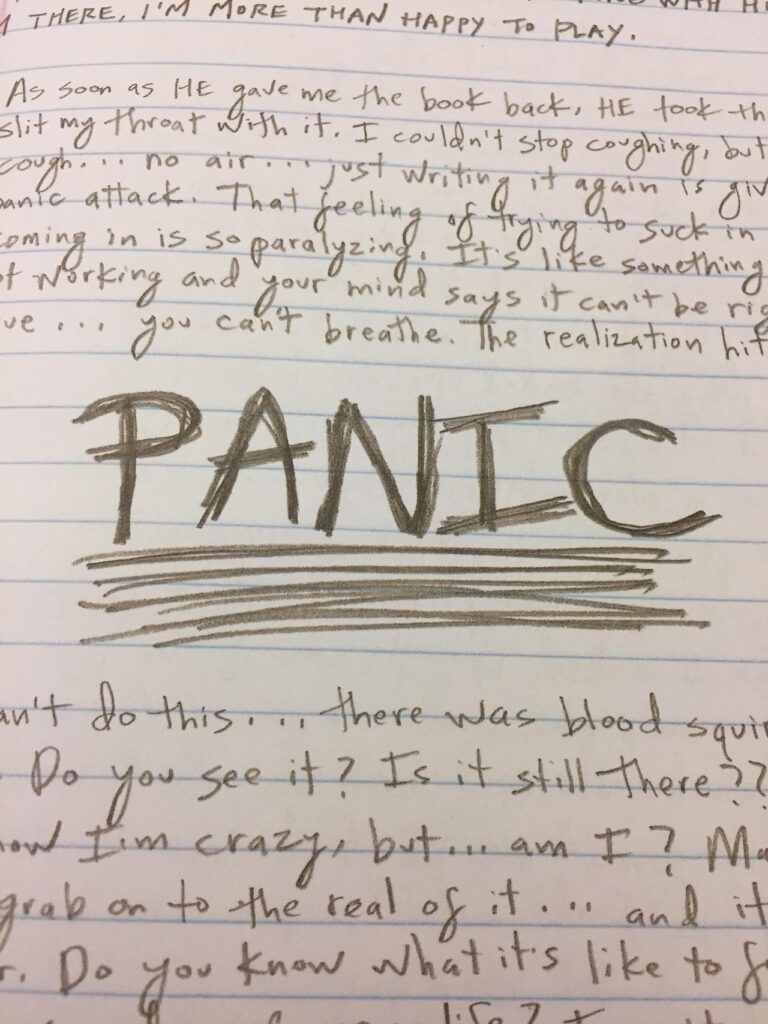
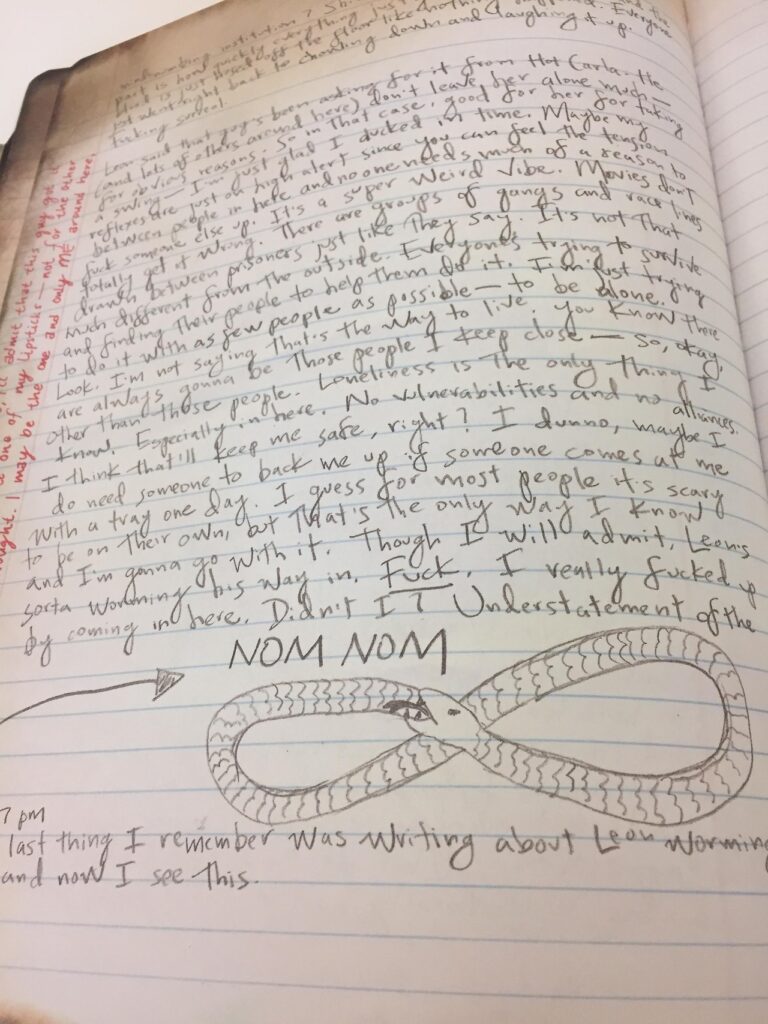
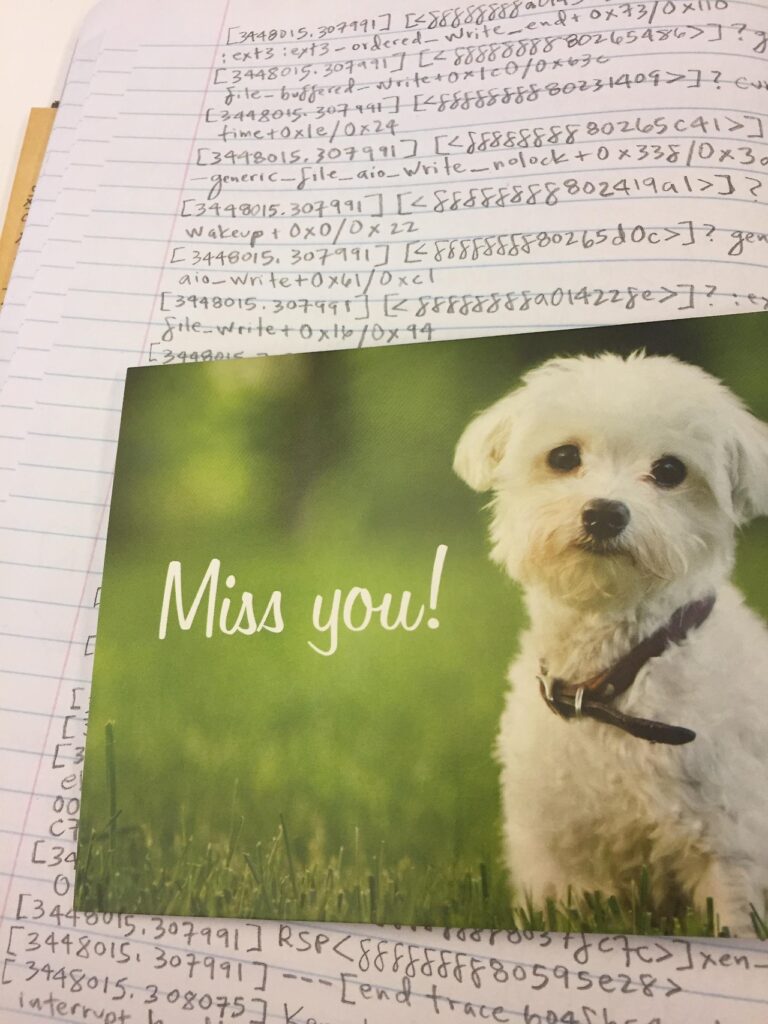
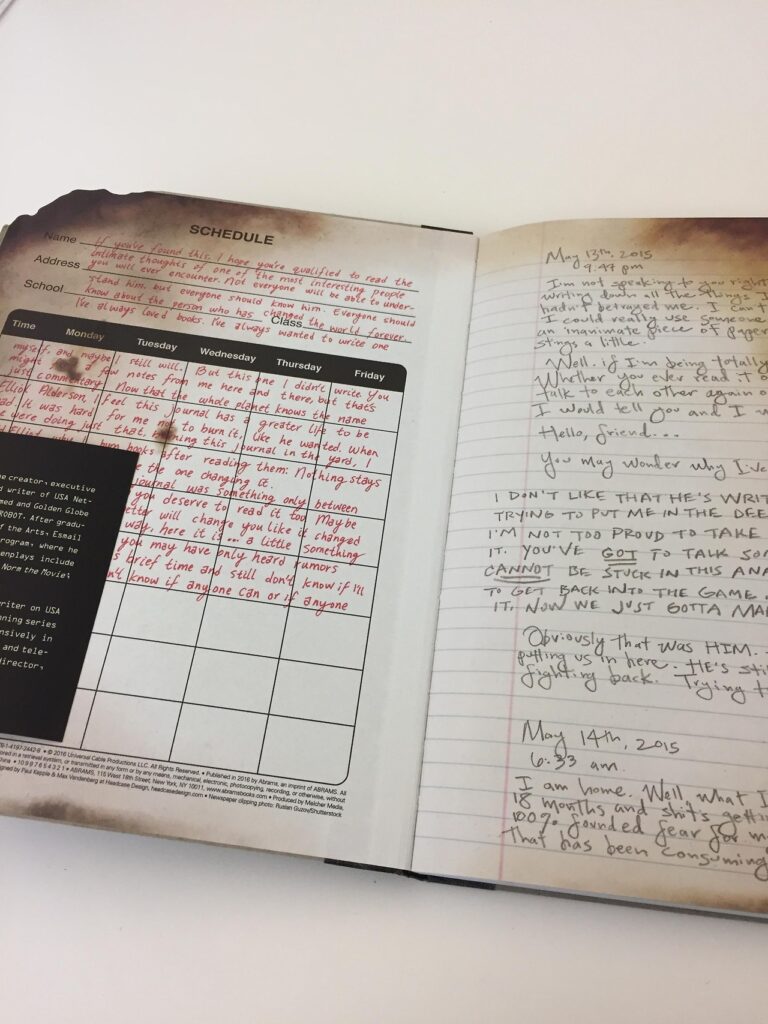

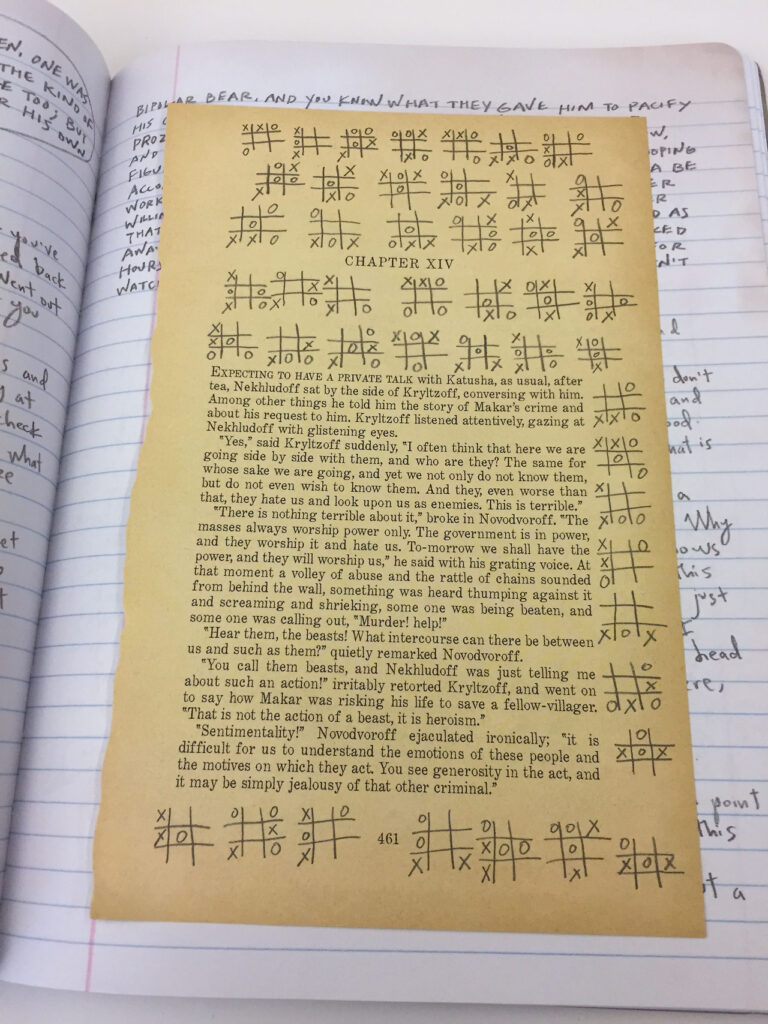
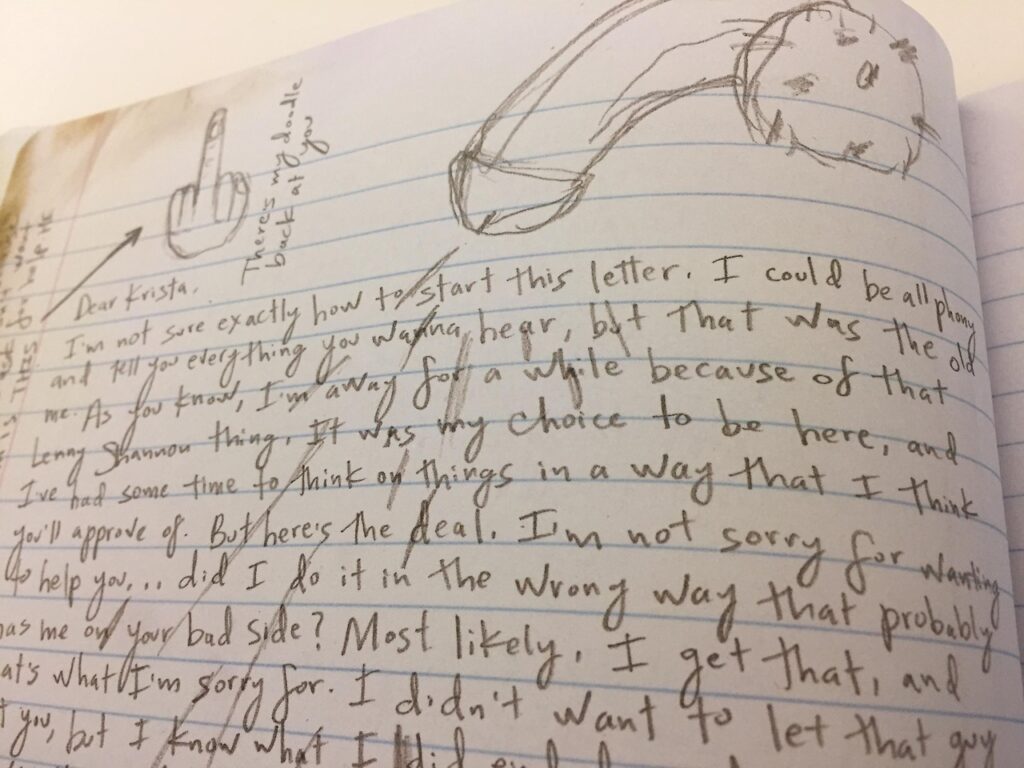
MR. ROBOT: Red Wheelbarrow: (eps1.91_redwheelbarr0w.txt)
by Sam Esmail, Courtney Looney
Harry N. Abrams
2016, 160 pages, 7.7 x 0.5 x 9.8 inches, Hardcover
This is without question one of the strangest books I’ve ever purchased. I feel like Amazon just shipped me the handwritten journal of a complete lunatic, at the same time I’ve never felt more connected to a fictional character. If you haven’t seen it, Mr. Robot is an amazing counter culture, techno thriller that I highly recommend. If you’re not a fan, this book will mean nothing to you. If you are a fan, this book is something special.
The book, much like the show, is a total mindbender. It’s a journal that’s actually featured in Season 2 of the series, and the entries follow the plot of the season. It’s written from the show’s main character Elliot’s point of view, in his own handwriting, and features his many…demons. There are also notes added from a secondary character, seen briefly throughout the season, who’s trying to piece together Elliot’s story. Just like reading someone’s actual journal, this offers a lot of perspective and insight into Elliot’s character, and what his motivations are moving forwards.
The printing is amazing. The handwriting in pencil looks like you could smudge it with a wet finger. There’s also a plethora of collected scraps like envelopes, a cigarette package, and a newspaper clipping, all which add to the eerie feeling that this book was ripped from the TV. I haven’t spent nearly enough time uncovering all that it’s pages have to offer. I found a number chart imprinted on the second to last page, I know that’s got to be related to something. If you’re a fan who wants to go further down the rabbit hole, you’re going to enjoy this.
– JP LeRoux
07/30/24ALL REVIEWS
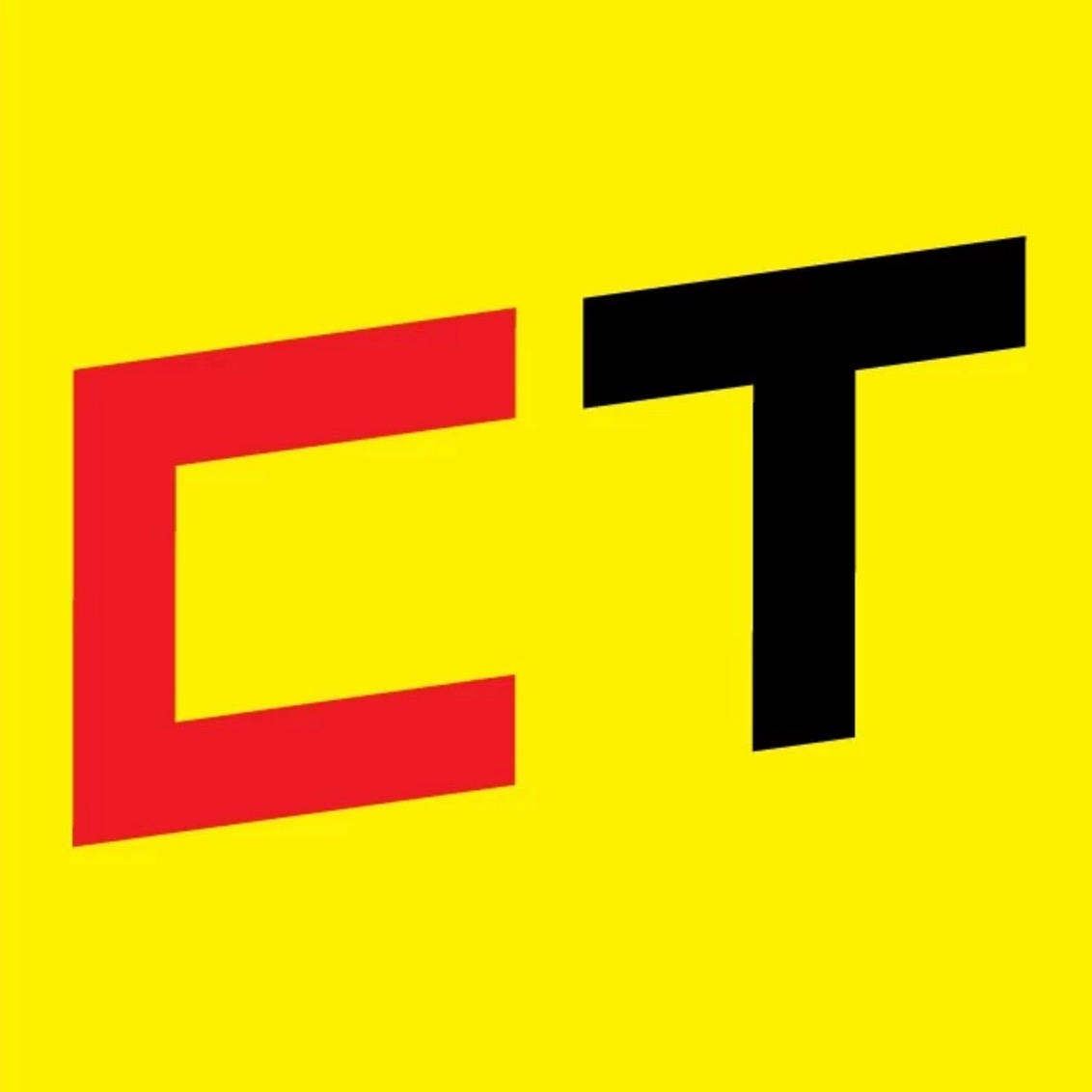 07/24/24
07/24/24
Book Freak 165: Amusing Ourselves to Death
Neil Postman’s Prescient Warning About the Age of Digital Distraction
EDITOR'S FAVORITES
COOL TOOLS SHOW PODCAST
WHAT'S IN MY BAG?
17 July 2024

ABOUT COOL TOOLS
Cool Tools is a web site which recommends the best/cheapest tools available. Tools are defined broadly as anything that can be useful. This includes hand tools, machines, books, software, gadgets, websites, maps, and even ideas. All reviews are positive raves written by real users. We don’t bother with negative reviews because our intent is to only offer the best.
One new tool is posted each weekday. Cool Tools does NOT sell anything. The site provides prices and convenient sources for readers to purchase items.
When Amazon.com is listed as a source (which it often is because of its prices and convenience) Cool Tools receives a fractional fee from Amazon if items are purchased at Amazon on that visit. Cool Tools also earns revenue from Google ads, although we have no foreknowledge nor much control of which ads will appear.
We recently posted a short history of Cool Tools which included current stats as of April 2008. This explains both the genesis of this site, and the tools we use to operate it.

